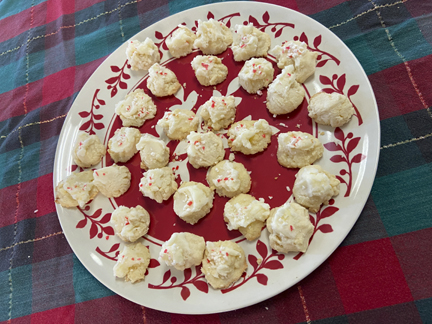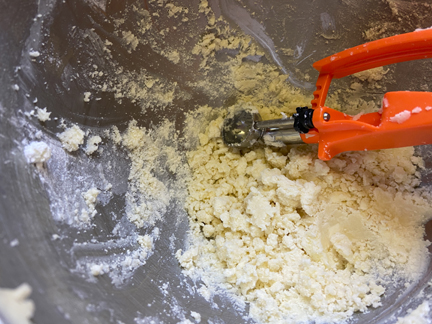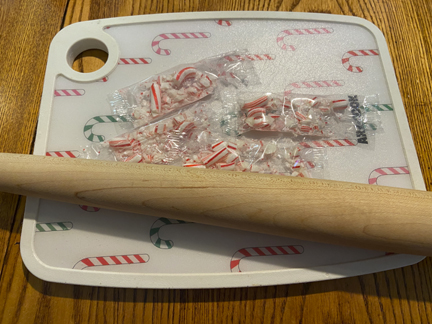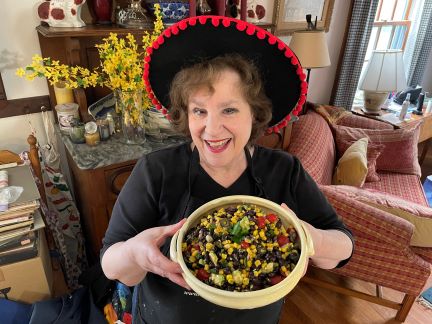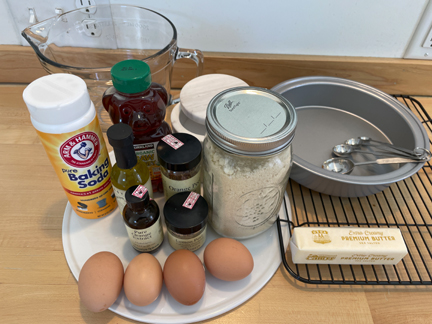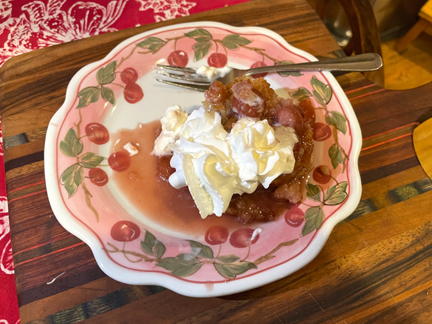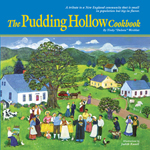
Ginger Rogers and Paul Douglas
I recently found myself feeling like Ginger Rogers for the first (and probably last) time.
My friend Peter shot a video of me making focaccia recently. I hadn’t cooked on camera in several months. I was planning to make a heart-shaped loaf of this simple bread for Valentine’s Day, and I thought we might as well put it on video. We sent it to my friends at Mass Appeal, who aired it the very next day. I guess they had missed me!
When I watched the video, I had my Ginger Rogers moment.
It has been years since I saw the 1953 film Forever Female, but I remember its ending well.
The film is a gentler version of Sunset Boulevard. (No dead bodies!) Rogers plays Beatrice Page, a stage actress who falls in love with a script from a novice playwright (Holden) about a 19-year-old girl and her strong willed mother. Beatrice doesn’t want to play the mother. She has always played ingenues.
The playwright is smitten, and she persuades him to try rewriting the play to make the young woman just a bit older—say, 29. (I can relate. I was 29 for many, many years before jumping to my current official age of 39.)
A true ingenue played by Patricia Crowley wants both the part and the playwright. Holden’s character, Stanley, resists Crowley’s youth until he goes to visit Beatrice at her country home during her summer break from Broadway.
On vacation she lets herself be her age. She doesn’t get her hair styled, she gains a bit of weight, she eschews makeup, and she wears comfortable rather than glamorous clothes. Stanley is appalled to see his beloved looking so … old. (Rogers was in her early 40s when the film was made.)
All’s well that ends well, of course. Crowley is cast in the ingenue role, but thanks to Beatrice’s wise producer (also her ex-husband, played by the ever watchable character actor Paul Douglas) Beatrice shines in the role of the mother and gets rave reviews.
She soon realizes that growing older is not so bad—and that her middle-aged ex is a much more comfortable romantic partner than the younger Stanley.
The film has its flaws. The main one to me is that, true to Hollywood custom at the time, Holden is considered too young for Rogers (he was seven years her junior) but a perfectly appropriate match for Crowley, who was 15 years HIS junior.
Still, the film is kinder to the aging process than Sunset Boulevard. In the end, Beatrice is a heroine to be emulated.
Unfortunately, I felt that I emulated her a bit too much in my focaccia video. Over the past few months, as I tend to do as the weather cools, I have put on weight and let my hair go. So I was a bit appalled when I saw the video. I usually look pretty good on video, particularly when the camera remains above my waist, as I make sure it always does.
I am trying to reconcile myself to the winter me, reminding myself that if Ginger Rogers could let herself grow old, so can I. Nevertheless, the video has made me watch my food intake much more carefully. And I called my hairdresser to arrange to have my hair done soon.
Fortunately, the focaccia was delicious. I recommend this bread highly. Focaccia’s biggest selling point for a busy baker like me is that it is a no-knead bread. It does most of the work all by itself. After one proofs the yeast (which doesn’t take more than five minutes), one throws the dough together and then lets it rise for a couple of hours on its own, partly covered. The dough is a little messy looking at first, but it works out in the end.
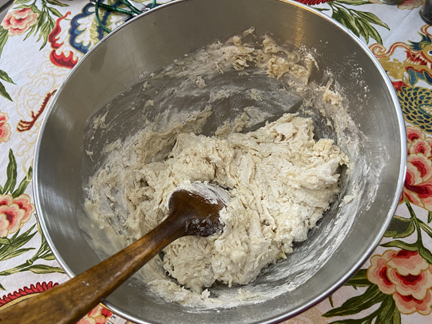
After those two hours, one can either bake the bread right away or cover it completely and refrigerate it for several hours or overnight. I prefer the latter method; if you want to bake the bread right away, you’ll need to flour your hands well to keep the dough from being too sticky.
Focaccia’s other major virtue is its mixed consistency. The relatively large amount of water in the recipe helps the bread develop lots of holes, resulting in a chewy, airy loaf. The olive oil used to grease the pan and drizzle on top of the bread helps the top and bottom crisp up, contrasting nicely with the interior.
I bake my focaccia in a cast-iron skillet. If you don’t have a cast-iron skillet, I heartily recommend that you go out and purchase one, The Lodge manufacturing company even pre-seasons its cast-iron products to make them easier to use.
If you don’t have the time or financial resources to get a cast-iron pan, you may of course use a well oiled cake pan or rimmed cookie sheet. Don’t forget to oil the sides as well as the bottom. Your focaccia may lose a little of its crispiness, but any homemade bread is better than none!
Like pizza crust, its thinner cousin, focaccia can be covered with a variety of toppings. My most recent loaf used only two (plus olive oil), aromatic rosemary and colorful Cheddar cheese. It was delicious.
Feel free to experiment with different herbs and cheeses, as well as vegetables and olives. My friend Vicky, who is more artistic than I, likes to use veggies to draw a colorful picture on her loaves. Extra salt crystals on top add zing.
This recipe makes a small loaf (heart shaped for Valentine’s Day, although that’s not obligatory), perfect for four people. The recipe may certainly be doubled. Just be sure to use a big enough pan to accommodate your dough.
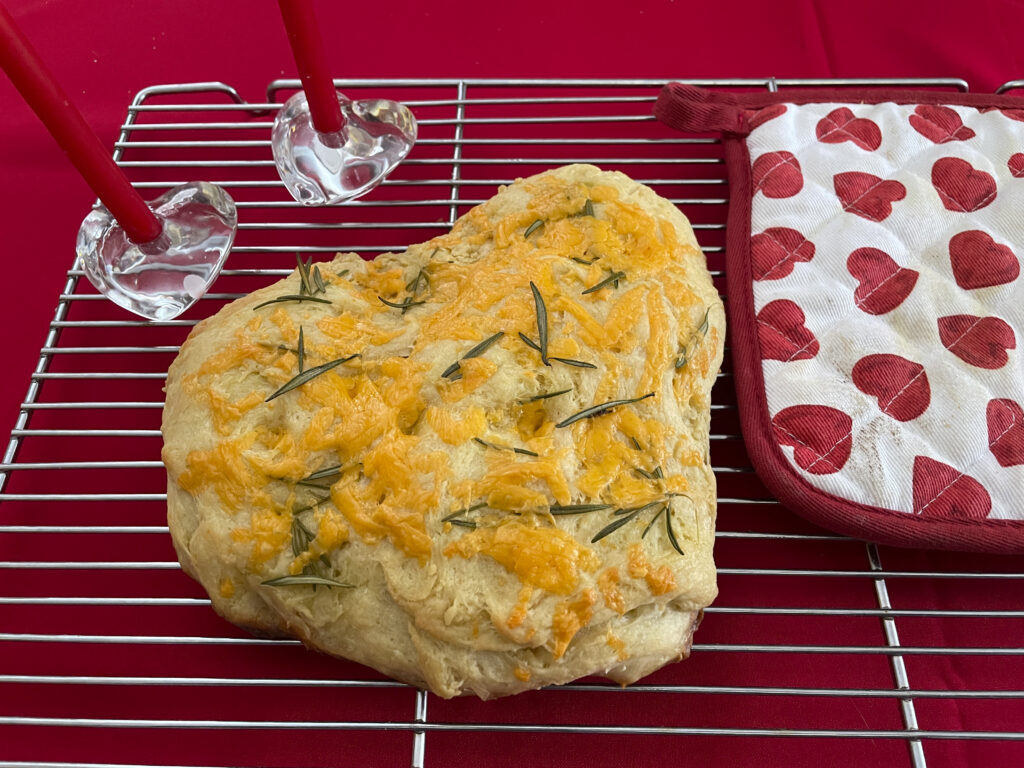
Valentine Focaccia
Ingredients:
1 cup plus 1 tablespoon lukewarm water
1 teaspoon sugar
1 teaspoon active dry yeast (about 1/2 packet of yeast)
2 cups flour
3/4 teaspoon salt
extra-virgin olive oil as needed
fresh or dried rosemary to taste (fresh is better)
1/2 to 3/4 cup shredded Cheddar cheese (or the cheese of your choice)
Instructions:
Combine the water and the sugar. Pour the yeast into that mixture. Allow the liquid to sit for 5 to 10 minutes, until the yeast proofs (starts to look fuzzy). This means it is ready to go to work making bread.
In a bowl, whisk together the flour and the salt. Pour in the yeast mixture, along with 1 tablespoon oil. Stir the mixture together.
Partly cover the mixture. Let it sit at room temperature for 2 hours. At the end of the 2 hours, place the dough in a covered container with a tight lid. Refrigerate it for several hours, even overnight. This makes the dough less sticky and easier to handle.
About 1/2 hour before you want to bake your bread, take the dough out of the refrigerator. Generously oil the bottom and sides of a good-size (at least 12 inches wide) cast-iron skillet. If you don’t have a cast-iron skillet, use a round cake pan or rimmed baking sheet, again well oiled.
Place the focaccia in the skillet, shaping it according to your preference. (I used a heart for Valentine’s Day.) It can be relatively thick (say, 2 inches) or thin (around 1 inch), as you desire. Turn it quickly so that the side that was originally down is up and oiled. (You may add a little more oil to the top if you like.)
Decorate the top with rosemary and cheese, pressing them into the dough with your fingers to make sure they won’t fall off the bread. Making little holes in the top with your fingers as you do this also helps the focaccia aerate while baking.
Preheat the oven to 400 degrees. When it is hot, bake the bread until it begins to brown and is firm to the touch, about 25 minutes. Remove it carefully from the oven (your skillet will be HOT), let it cool briefly, and then enjoy your bread.
Store uneaten focaccia at room temperature. Serves 4.
Here’s the video. Happy Valentine’s Day……….
